Содержание
- 2. α-Aminoacids. α-Aminoacids – class of organic compounds, which may be considered as derivatives of carboxylic acids,
- 3. Classification By the one to which the carbon atom is attached an amino- (or imino-) group,
- 4. Proteinogenic aliphatic α-amino acids.
- 5. Proteinogenic aliphatic α-amino acids.
- 6. Proteinogenic aliphatic α-amino acids.
- 7. Proteinogenic aromatic α-amino acids.
- 8. Proteinogenic heterocyclic α-amino acids.
- 10. Neutral hydrophobic amino acids
- 11. Neutral hydrophobic amino acids
- 12. Neutral hydrophilic amino acids
- 13. Neutral hydrophilic amino acids
- 14. Amino acids having an alkaline reaction of the solution
- 15. Amino acids having an acid reaction of the solution
- 17. Non-essential AA: alanine, aspartic acid, asparagine, glutamic acid, glutamine, proline, glycine, serine. Enzyme systems of the
- 18. Essential α-aminoacids.
- 19. Nomenclature 1. Amino acids are referred to as carboxylic acids, indicating the position of the amino
- 20. Optical isomerism These isomers rotate the plane of polarization of light passing through their solution. The
- 21. Physical properties Amino acids - colorless crystalline substances with high melting temperatures. Melting is accompanied by
- 22. Preparation of α-aminocarboxylic acids. 2. Aminolysis α-halogencarboxylic acids 1. Isolation from native sources.
- 23. 3. Strecker method Preparation of α-aminocarboxylic acids.
- 24. Chemical properties of α-aminocarboxylic acids. Formation of intramolecular salts pH of aqueous solutions ≈ 7
- 25. Chemical properties of α-aminocarboxylic acids. Formation of salts.
- 26. 1. Alkylation 2. Acylation Chemical properties of α-aminocarboxylic acids. Properties of amino-group.
- 27. 3. Reaction with nitrous acid. Chemical properties of α-aminocarboxylic acids. Properties of amino-group.
- 28. 1.Formation of esters. 2. Formation of halogenanhydrides. Chemical properties of α-aminocarboxylic acids. Properties of carboxylic groups.
- 29. 3. Formation of amides. Chemical properties of α-aminocarboxylic acids. Properties of carboxylic groups.
- 30. 1. Intramolecular dehydration. 2. Reaction with ninhydrin. Chemical properties of α-aminocarboxylic acids. Specific properties.
- 31. 3. Transamination 4. Reaction with с 2,4-dinitrofluorobenzene (Sanger reactive) Chemical properties of α-aminocarboxylic acids. Specific properties.
- 32. 5. Reaction with phenylisothiocyanate (Edman reaction) Chemical properties of α-aminocarboxylic acids. Specific properties.
- 33. 6. Formation of complex compound 7. Decarboxylation Chemical properties of α-aminocarboxylic acids. Specific properties.
- 34. Biologically active compounds – derivatives of α-aminoacids. histidine histamine tryptophan serotonin thyroxine tyrosine
- 35. Decarboxylation of histidine Histamine H1 receptors are coupled with phosphatidyl inositol messenger system. H2 receptors are
- 36. Functions of histamine: contraction of smooth muscles of gastro-intestinal tract, bronchi; it increases HCl secretion in
- 37. Decarboxylation of tryptophan and its derivatives (5-hydroxytryptophan) Functions of serotonin - mediator of CNS; - potent
- 38. Decarboxylation of tyrosine tyrosinase melanine
- 39. Functions of epinephrine: - “fight or flight” -to increase cardiac output and to raise glucose levels
- 40. Peptides. Peptides – polyamides formed by α-aminoacids.
- 41. Synthesis of peptides. Possible products of interaction between two α-aminoacids. Alanine Glycine Ala-Ala Ala-Gly Gly-Gly Gly-Ala
- 42. Synthesis of peptides.
- 43. Synthesis of peptides.
- 44. The main steps outlined in the synthesis of dipeptide from glycine and alanine. 1. Protection of
- 45. 2. Formation of a dipeptide:
- 46. 3. Deletion of protection groups (removal of protection): The above sequence of reactions can be repeated
- 47. Proteins. Proteins – macromolecular compounds, polypeptides with molecular weigh more than10000. Primary structure – caused by
- 48. The structure of the protein molecule Primary Secondary Tertiary Quaternary
- 49. Primary protein structure The sequence of amino acid residues in the polypeptide chain linked peptide bonds.
- 50. The mechanism of peptide bond formation
- 51. Turn - 3.6 amino acid residues Step - 0.544 nm. -CO- -NH- Secondary protein structure rolled
- 52. Secondary structure alpha-helix pleated sheet
- 53. Tertiary structure The real three-dimensional configuration of a twisted spiral in the space of a polypeptide
- 54. Quaternary protein structure Form of interaction between multiple polypeptide chains. Among themselves, polypeptide chains are connected
- 57. Скачать презентацию
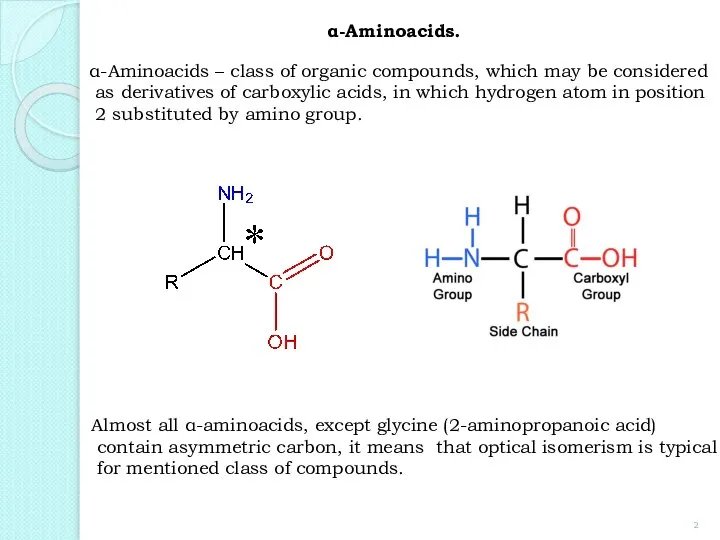

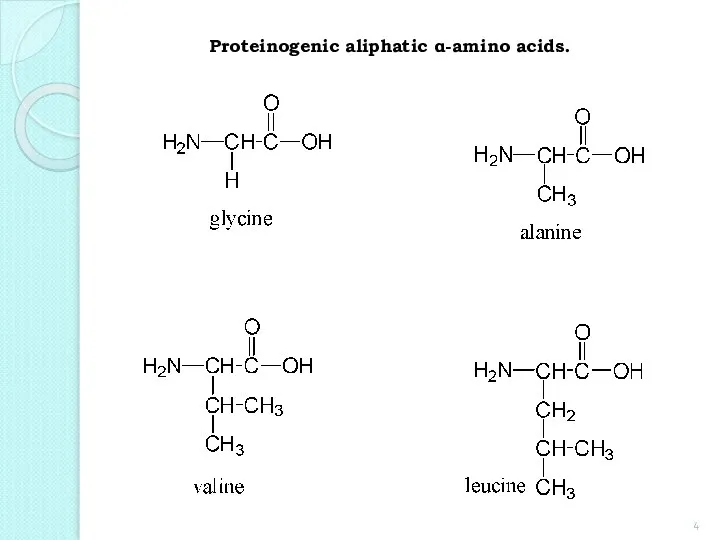
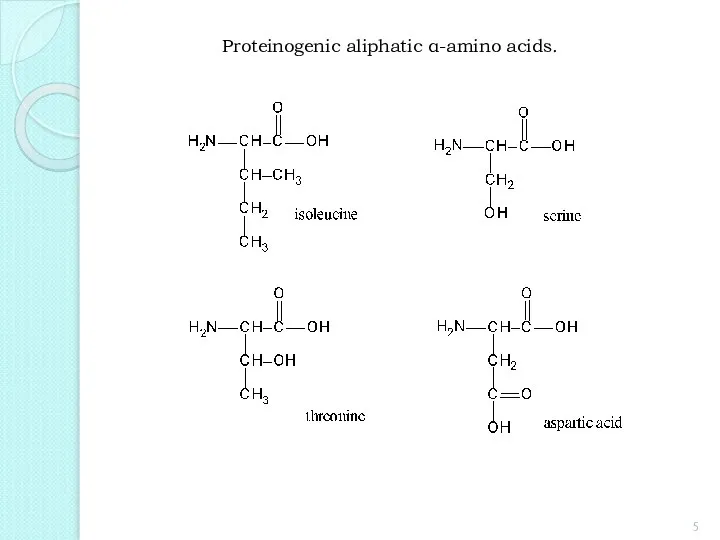
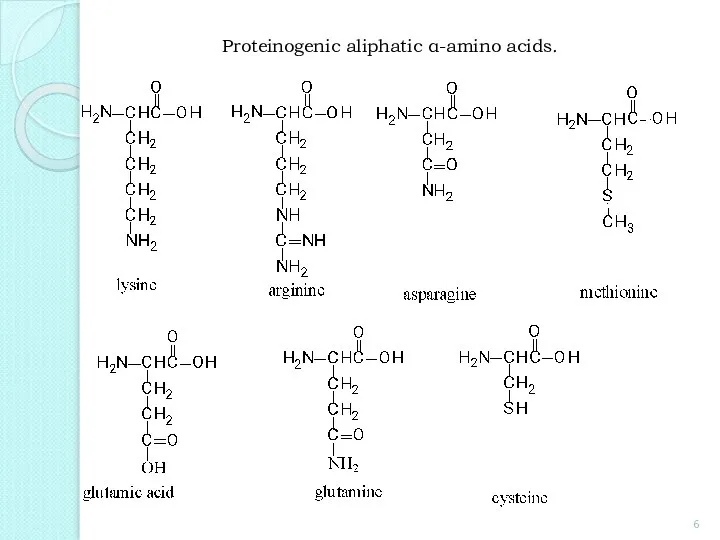
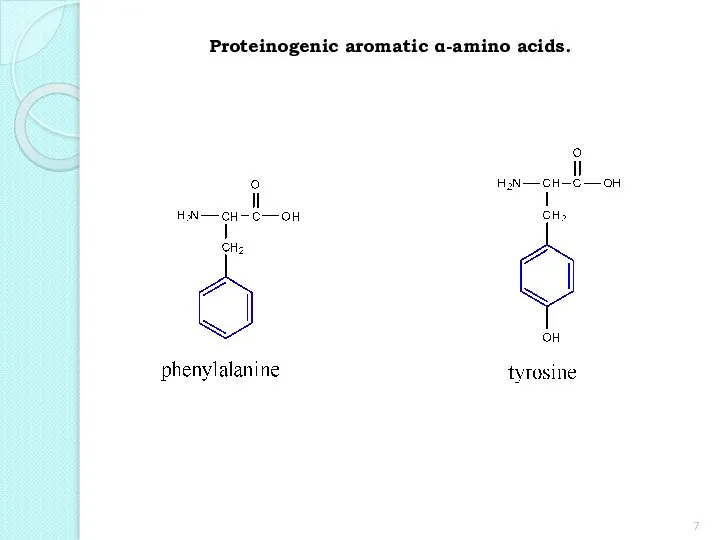
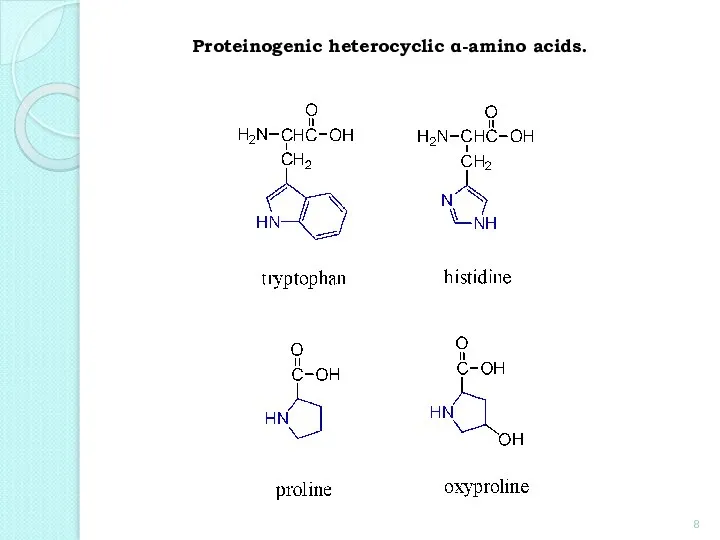
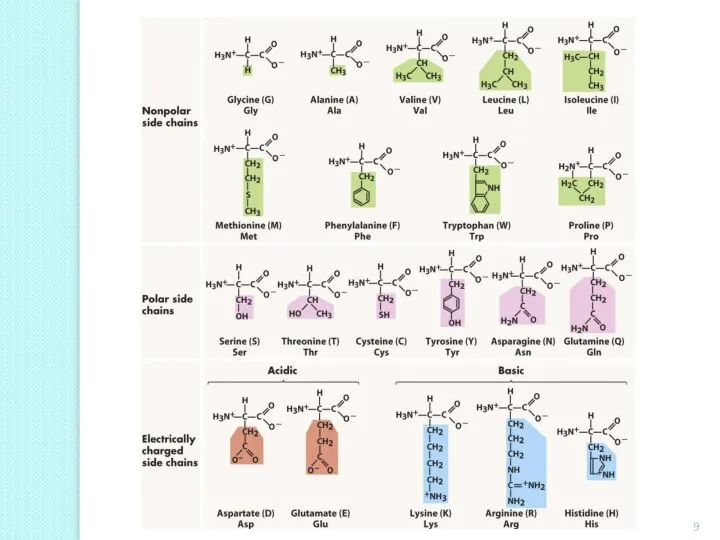
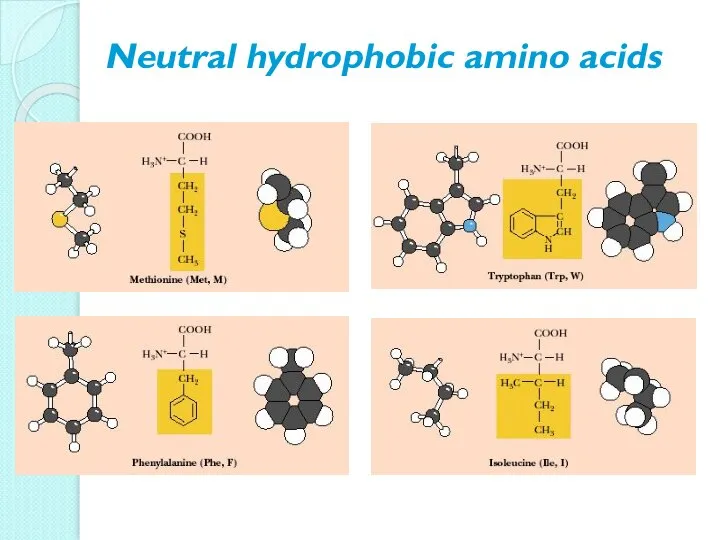
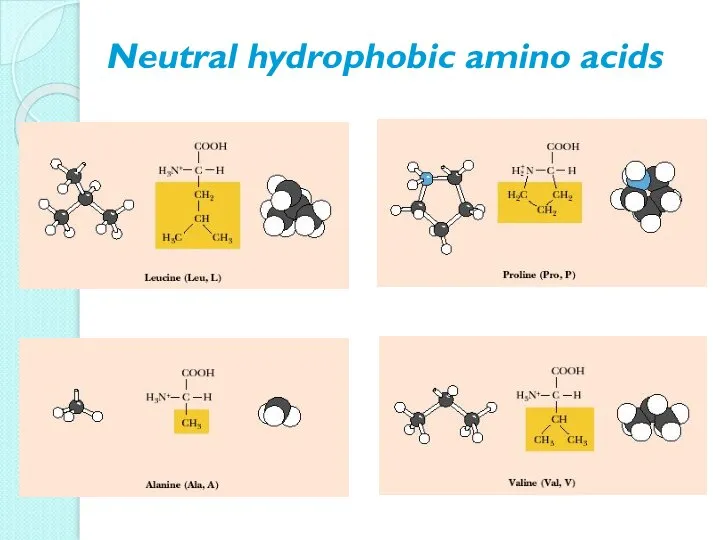



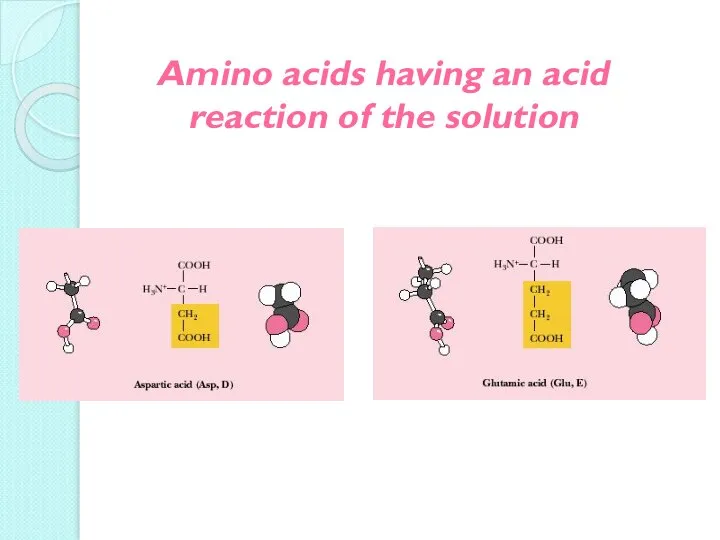
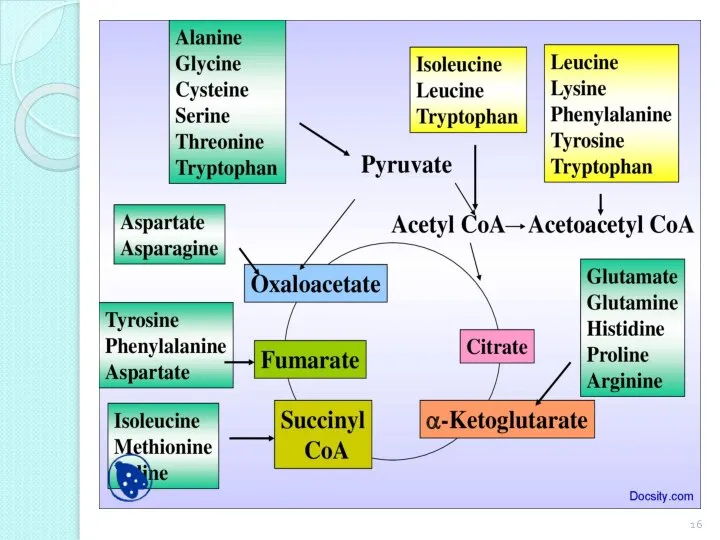

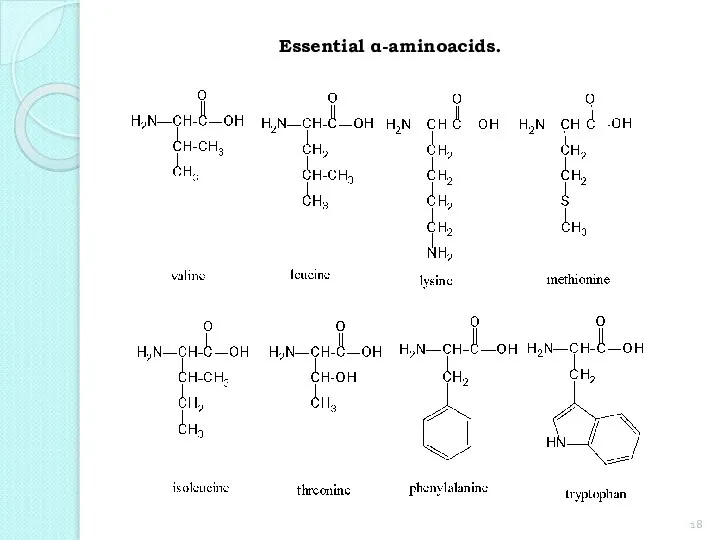
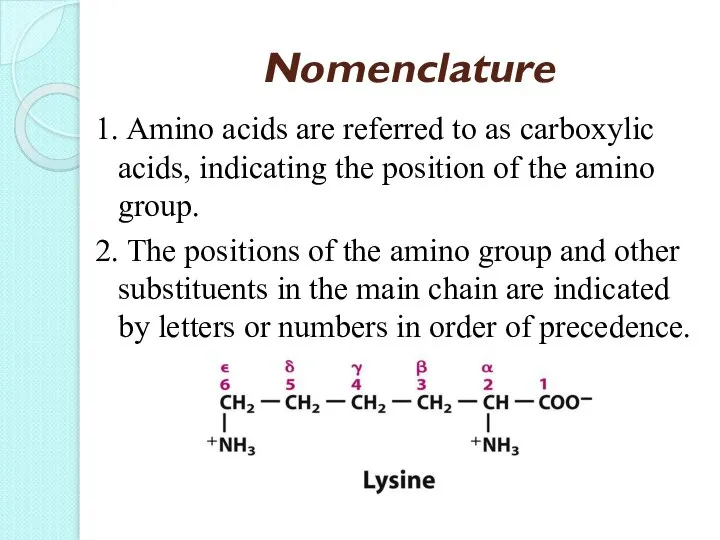




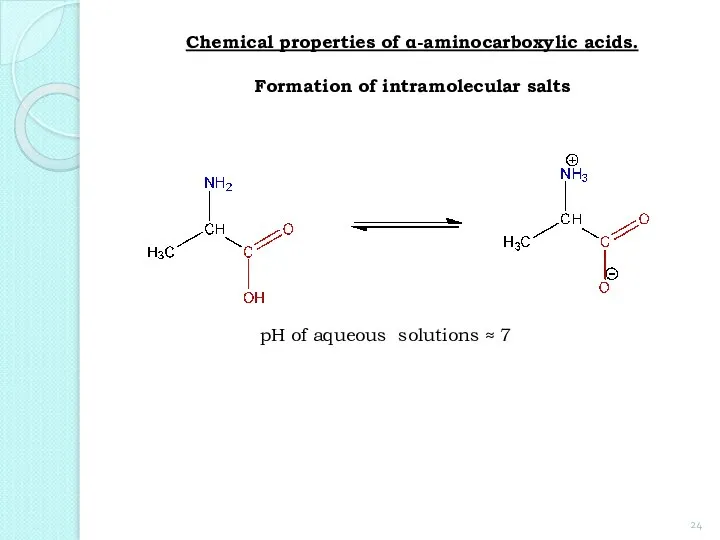
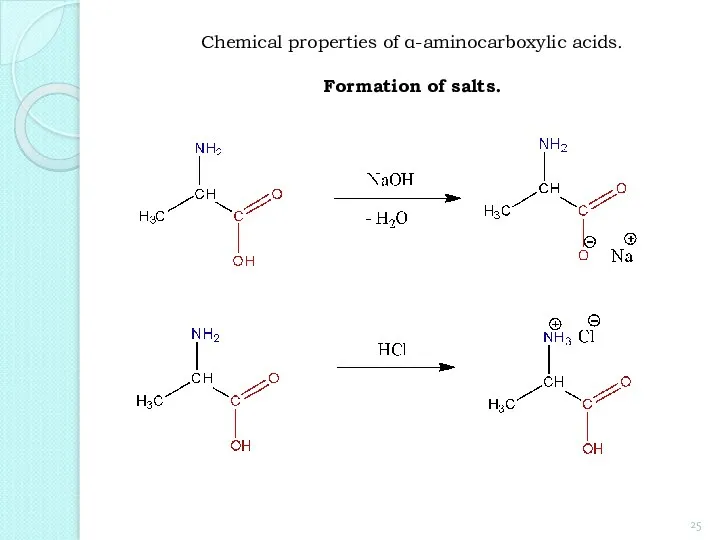
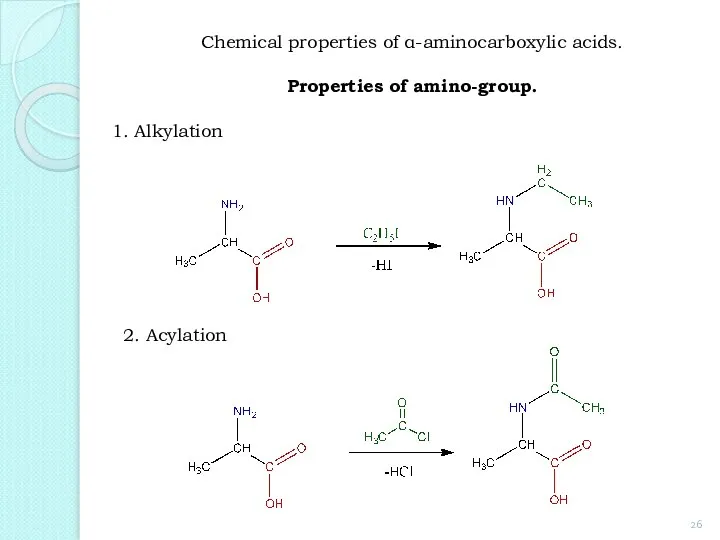
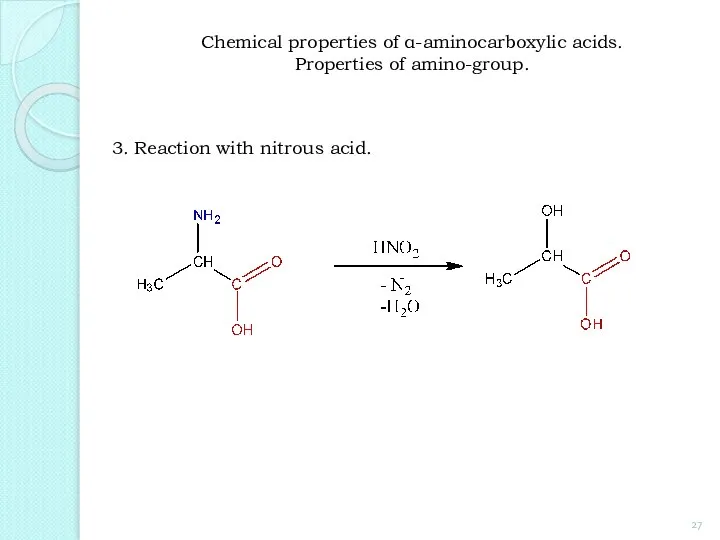

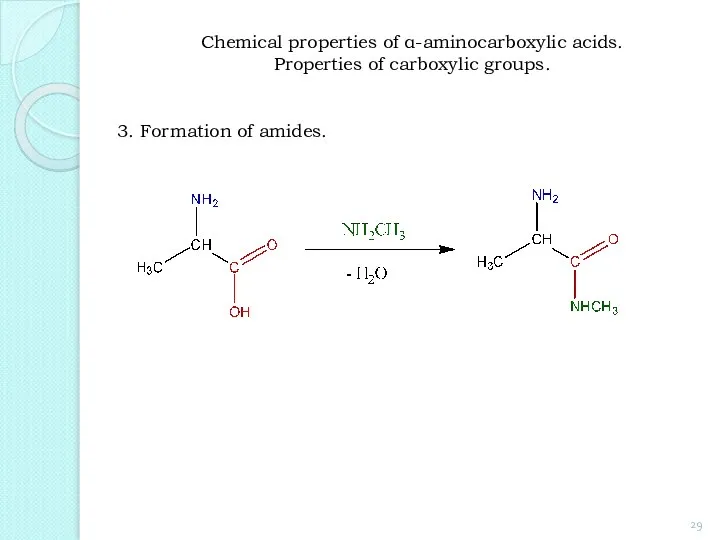
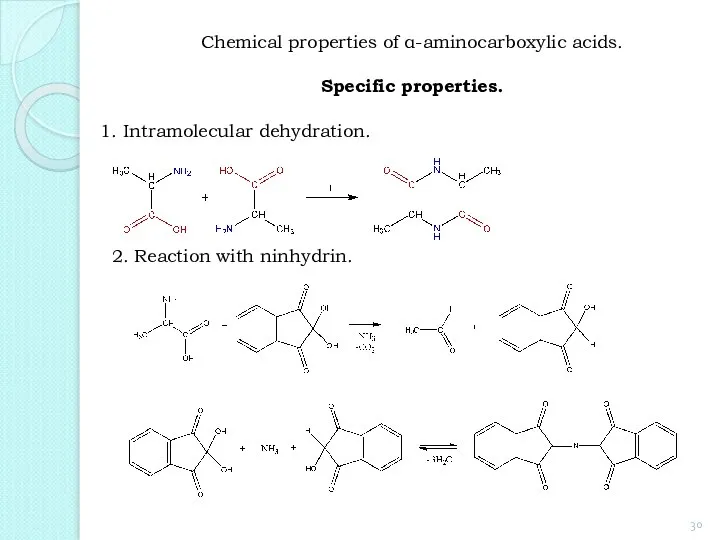
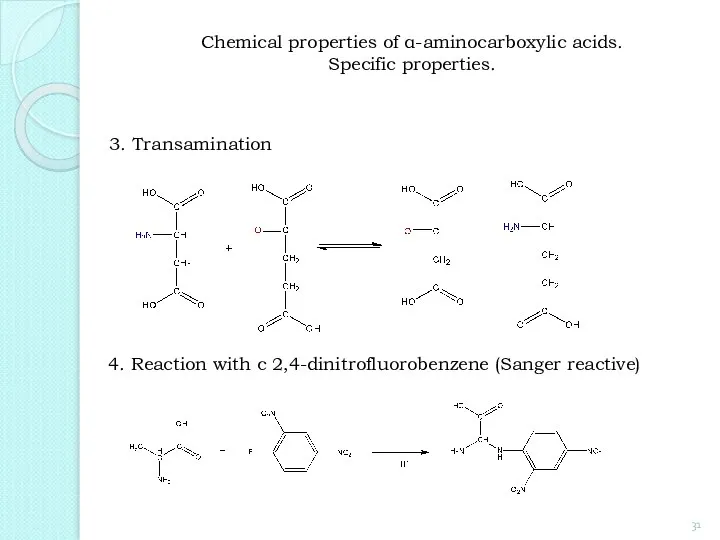
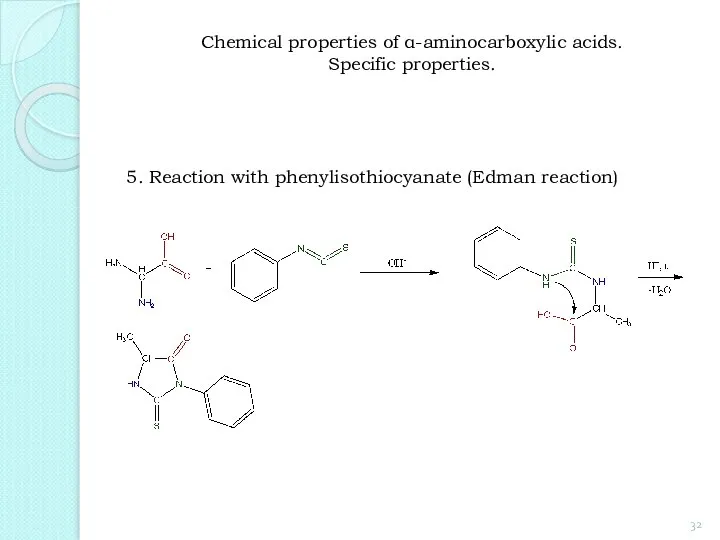
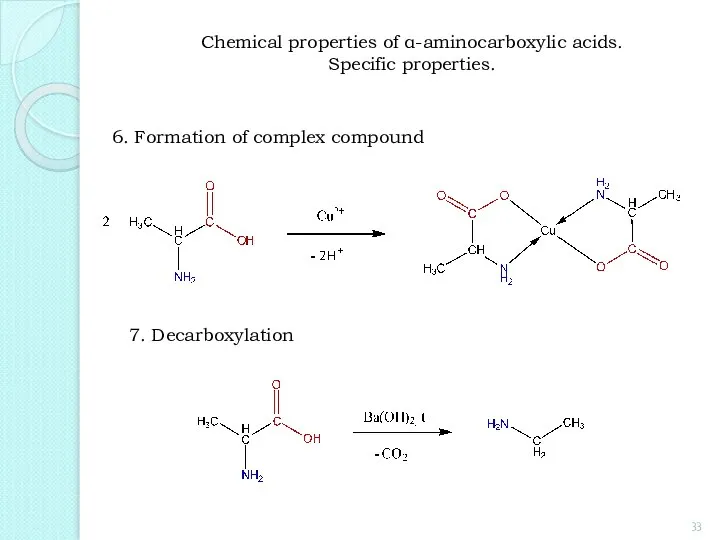
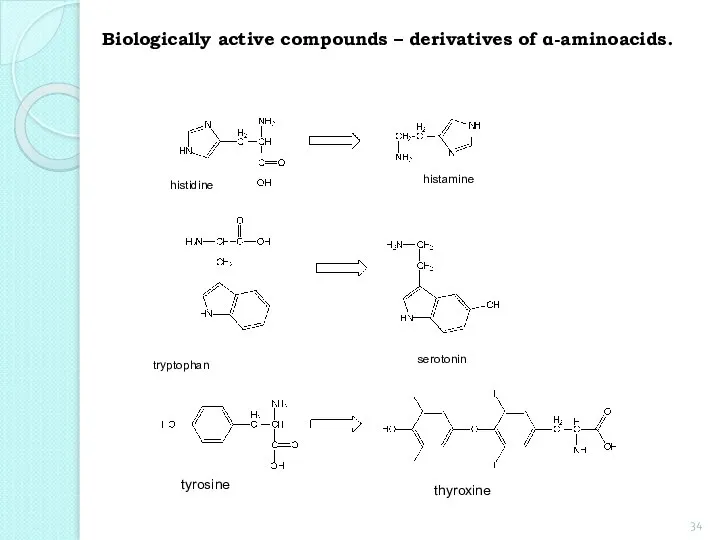
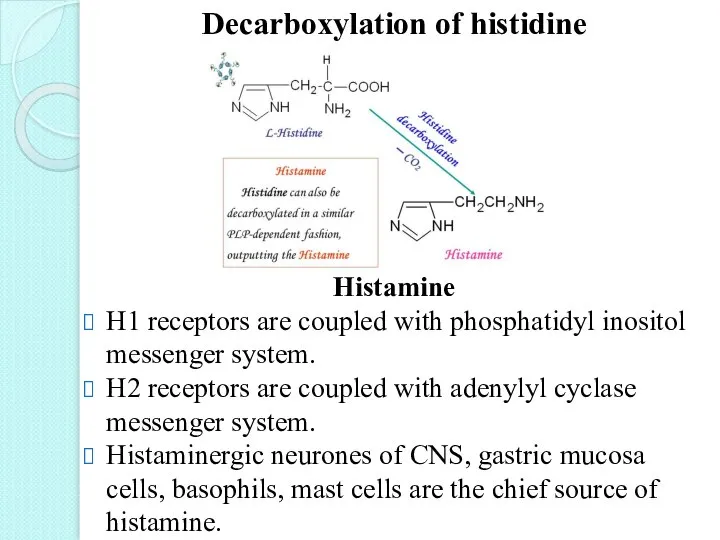
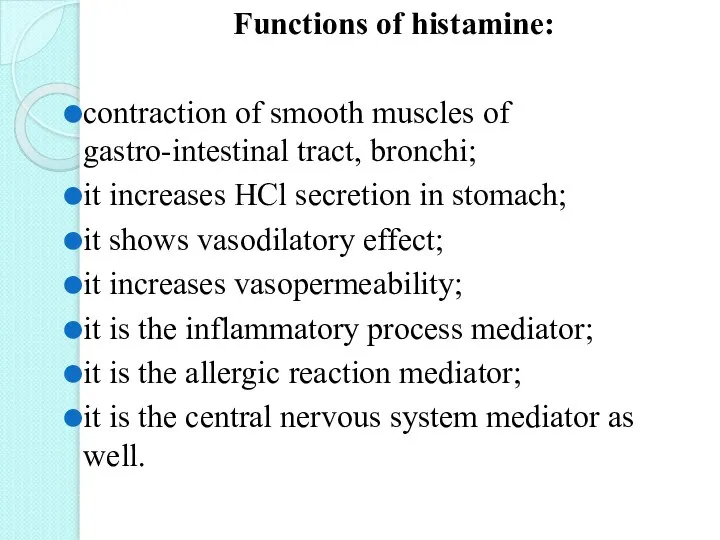
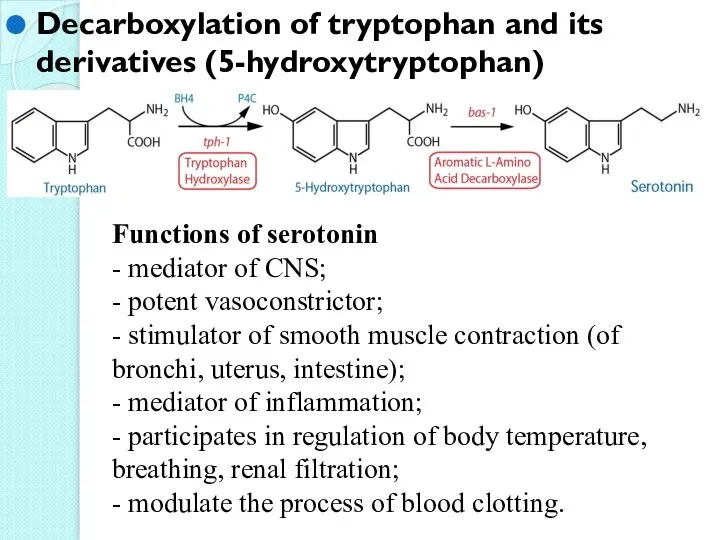
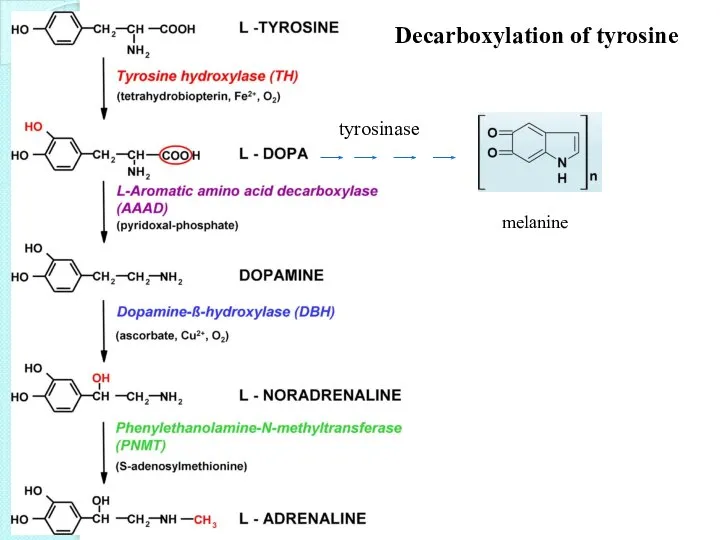
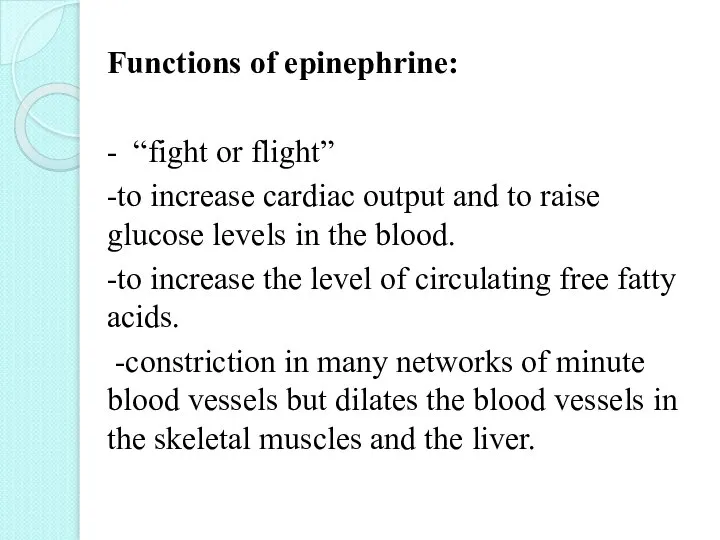
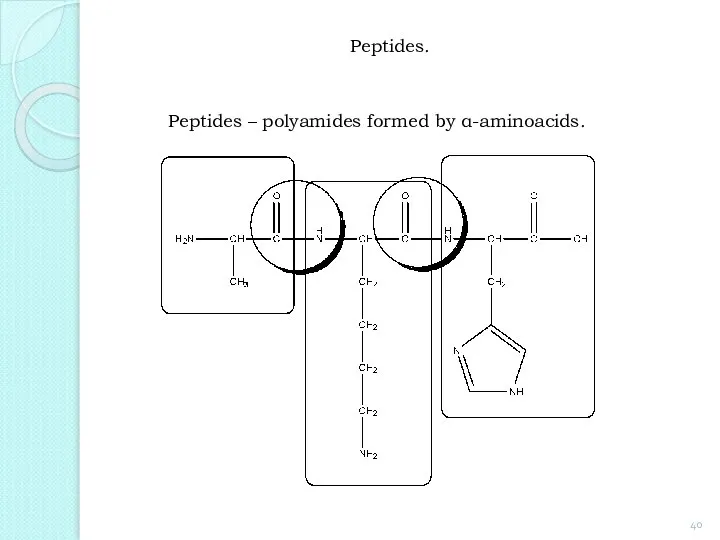

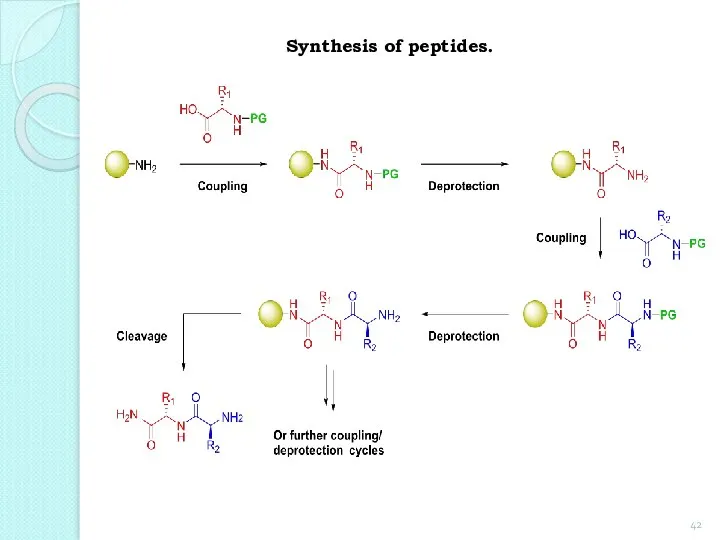

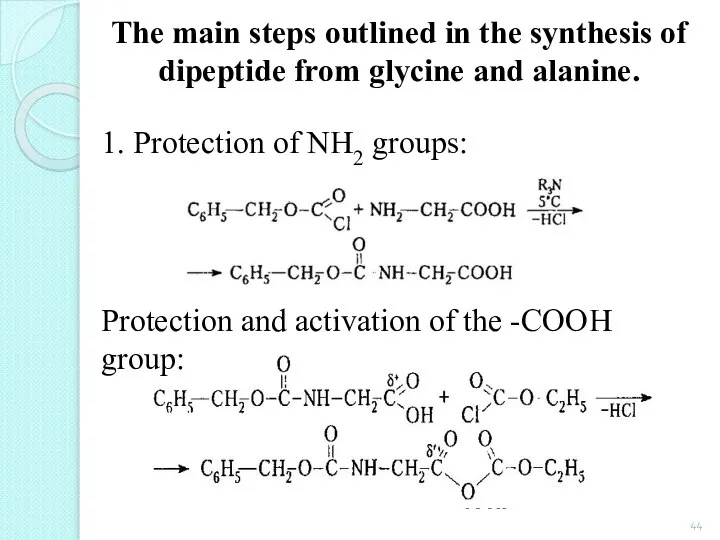
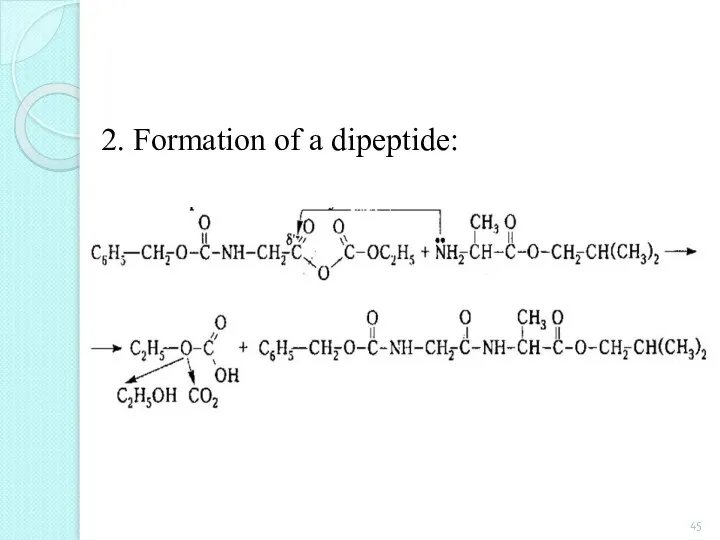
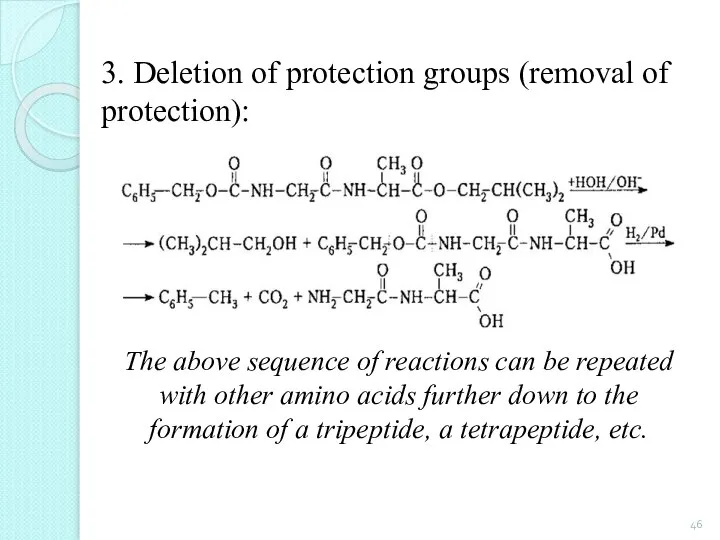
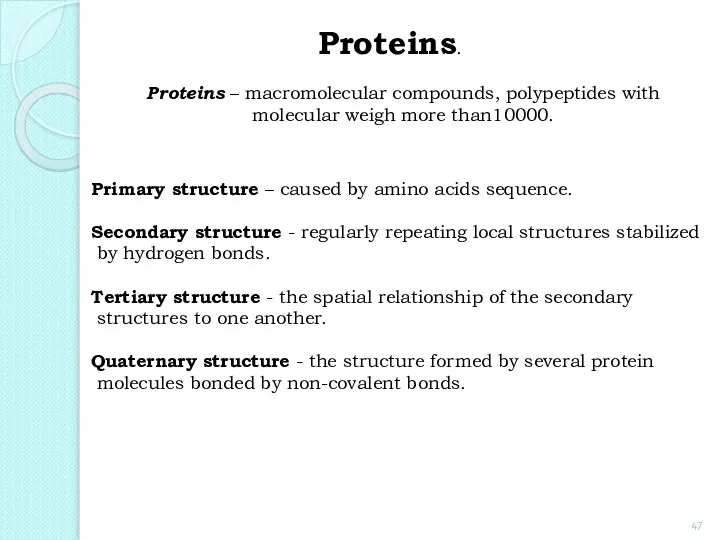
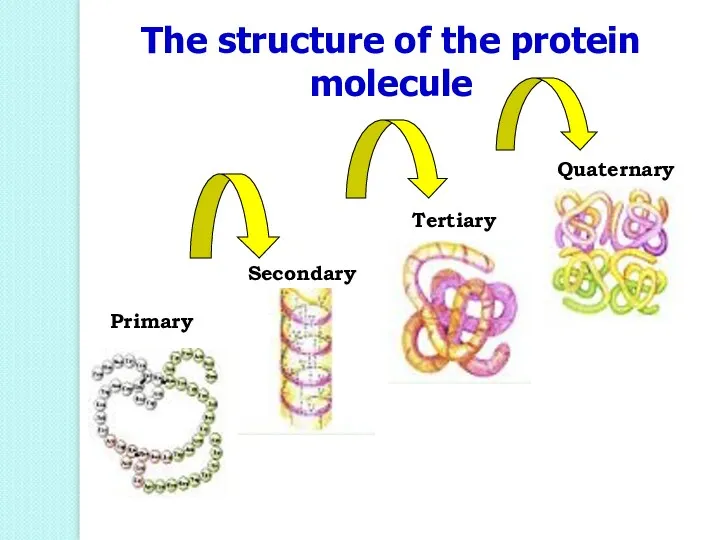
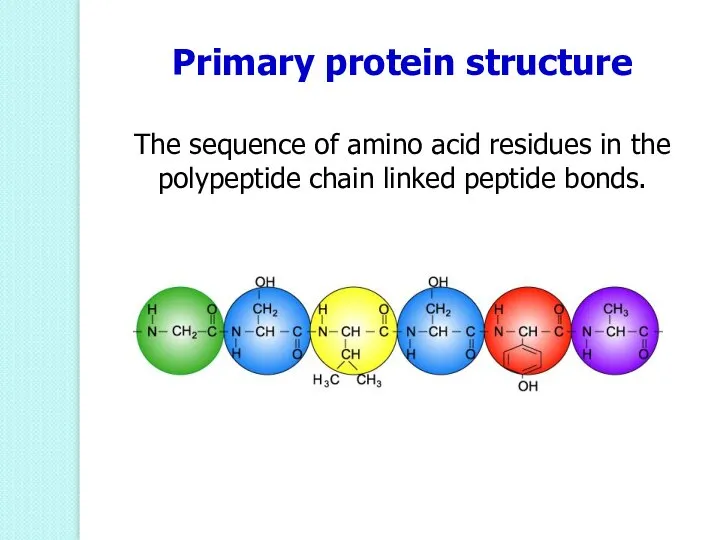
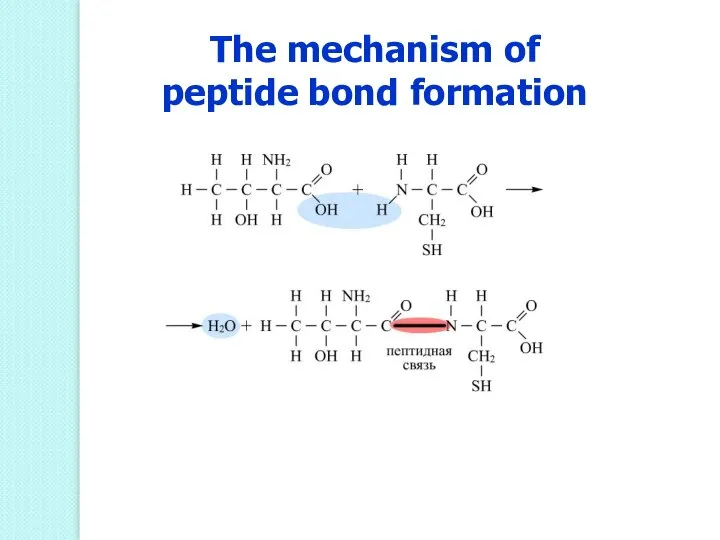

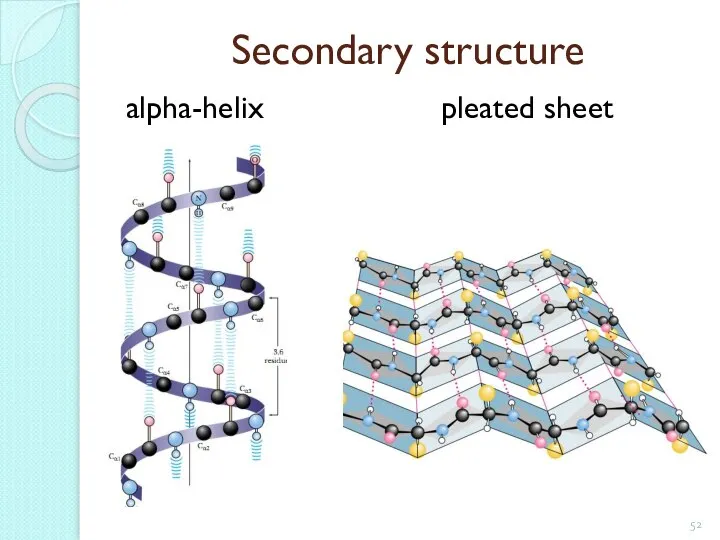
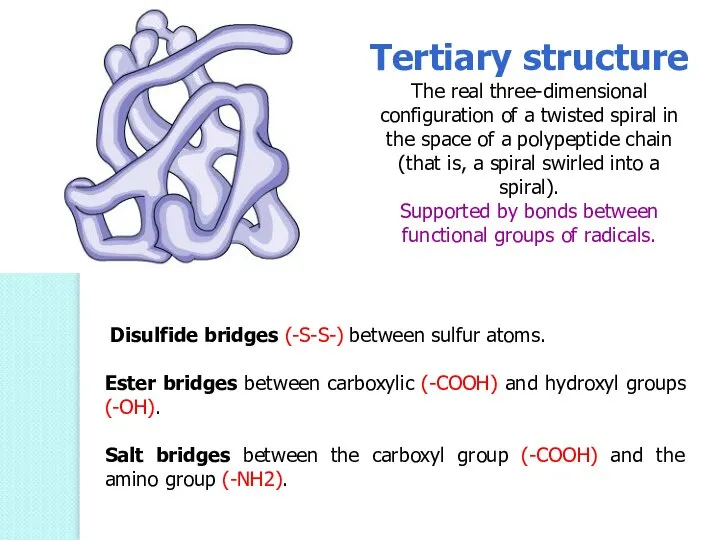
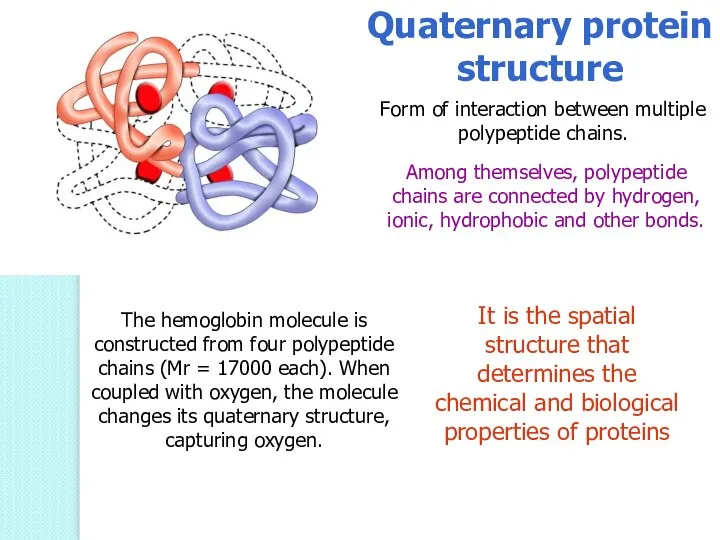
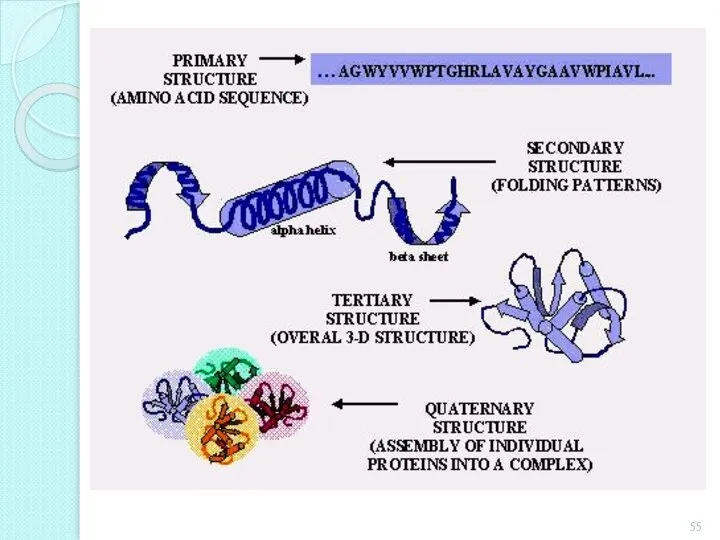
 Презентация по Химии "Химическая номенклатура и филология"
Презентация по Химии "Химическая номенклатура и филология"  Альфа и бета распад. Правило смещения
Альфа и бета распад. Правило смещения Азотсодержащие. Амины (семинар)
Азотсодержащие. Амины (семинар) Химические методы. Золь-гель метод
Химические методы. Золь-гель метод Агрегатные состояния веществ
Агрегатные состояния веществ Гидролиз. Виды гидролиза
Гидролиз. Виды гидролиза Нагревательные приборы и оборудование лаборатории. Лекция №8
Нагревательные приборы и оборудование лаборатории. Лекция №8 ÐÐÐÐ ÐÐТÐÐРХÐÐÐЧÐСÐÐÐ¥ Ð ÐÐÐЦÐÐ
ÐÐÐÐ ÐÐТÐÐРХÐÐÐЧÐСÐÐÐ¥ Ð ÐÐÐЦÐÐ Плотность веществ. Задачи
Плотность веществ. Задачи Композитные материалы
Композитные материалы Турнир знатоков. Интеллектуальная игра
Турнир знатоков. Интеллектуальная игра Химическая связь. Лекция №3
Химическая связь. Лекция №3 Минеральные вещества и здоровье
Минеральные вещества и здоровье Газообразные (газ)
Газообразные (газ) Подготовка учащихся 9 классов к ГИА по химии
Подготовка учащихся 9 классов к ГИА по химии Элемент магний
Элемент магний Спирты. Классификация спиртов
Спирты. Классификация спиртов Расчеты по уравнениям химических реакций
Расчеты по уравнениям химических реакций Индикаторная бумага
Индикаторная бумага Презентация на тему ИКТ на уроках химии
Презентация на тему ИКТ на уроках химии  бирюза
бирюза Состав и значение воздуха
Состав и значение воздуха Коррозия металлов
Коррозия металлов Диссоциация веществ
Диссоциация веществ Анализ спорных ситуаций при оценивании заданий с развернутым ответом. Химия
Анализ спорных ситуаций при оценивании заданий с развернутым ответом. Химия Галогены – химические элементы
Галогены – химические элементы Электролитическая диссоциация. Сванте Август Аррениус (1859 – 1927)
Электролитическая диссоциация. Сванте Август Аррениус (1859 – 1927) Синтез ацетилена из природного газа в производстве ацетилена
Синтез ацетилена из природного газа в производстве ацетилена